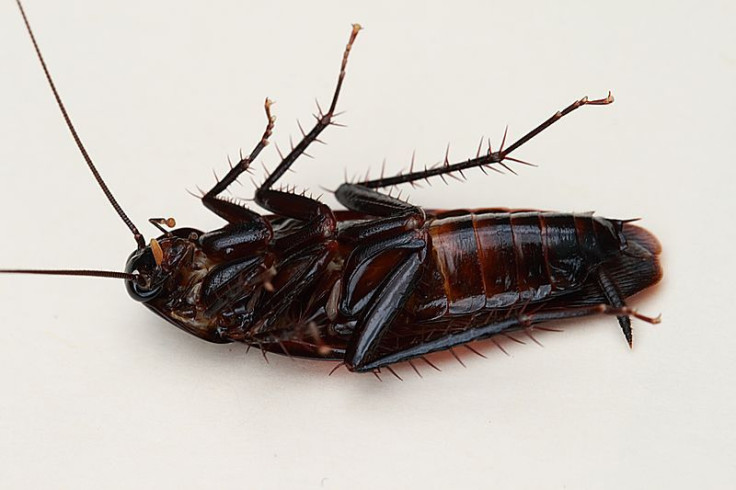Insects, Bugs Will Enter Your Home Despite Your Cleaning Obsession

Bugs are everywhere. The estimated ratio of insects to humans is 200 million to one. Encounters between humans and insects are unavoidable and there seems to be a magnetic attraction that drives us closer, much to our disapproval. An international team of scientists have published a study that analyzes the effect of our homes on the diversity of insects living among us.
The study published in Scientific Reports examined how factors like floor plans and general cleanliness of a house affected the insect population that resides there.
“We are just beginning to realize and study how the home we create for ourselves also builds a complex, indoor habitat for bugs and other life,” said lead author Dr. Misha Leong in a news release by California Academy of Sciences. “We’re hoping to better understand this age-old coexistence, and how it may impact our physical and mental well-being.”
Researchers from California Academy of Sciences, North Carolina State University and the Natural History Museum of Denmark teamed up for the study, which focused on 50 homes in Raleigh, North Carolina. The study revealed a larger number of insect species were found in rooms with more outdoor accessibility, such as windows and doors.
“We’re beginning to see how houses can be a passive go-between for insects traveling through the surrounding landscape,” said senior author Dr. Michelle Trautwein in the release. “The more numerous the entry points of windows and doors, the more diverse the community that thrives inside.”
The insect density was found to be higher in the ground floors compared to houses that were above ground level. There were several factors that influence the insect diversity of a home, including the carpets. The study found carpeted rooms harbored more creepy-crawlies than rooms with bare floors.
Surprisingly, all the compulsively clean people who feel the need to disinfect every corner of their house did little to keep them away. Tidiness did not impact the number or type of insects found indoors. Also, pets, houseplants, pesticides and dust also had no notable impact on insect diversity. This showed the team that insects’ population was determined more by the environment outside the window than our cats, dogs, or cleaning habits.
The study also found rooms with more ventilation showed a greater diversity in insect population. "Airier" rooms were found to have more insects. The insect population inside the house also closely mirrored the life thriving outside. Common areas like living rooms had more diverse bug communities compared to bedrooms, kitchens, and bathrooms. Basements also held a larger variety of insects, which were typically cave-dwelling species that thrive in damp, dark spaces like spiders and crickets, according to the release. There was diversity within each house too.
Though the idea of bunking up with insects causes most people to shiver, the team thinks this is a good thing.
“While the idea of uninvited insect roommates sounds unappealing, bugs in houses may contribute to health in a roundabout way,” said Dr. Trautwein. “A growing body of evidence suggests some modern ailments are connected with our lack of exposure to wider biological diversity, particularly microorganisms–and insects may play a role in hosting and spreading that microbial diversity indoors.”
Researchers found every room had its own separate ecosystem of insects and a complex habitat of predator and prey. Scavenger species, strays from outdoors and temporary go-betweens all impacted a room’s ecological structure.
“Even though we like to think of our homes as shielded from the outdoors, wild ecological dramas may be unfolding right beside us as we go about our daily lives,” said Dr. Leong. “We’re learning more and more about these sometimes-invisible relationships and how the homes we choose for ourselves also foster indoor ecosystems all their own.”
© Copyright IBTimes 2024. All rights reserved.





















